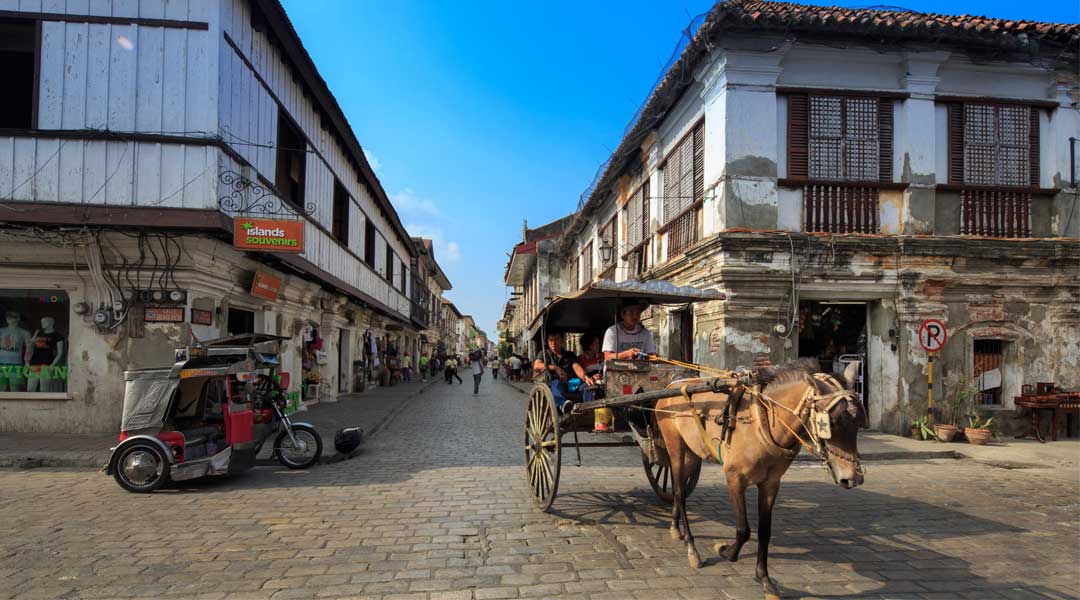
On genius loci, placemaking and heritage—an interview with Augusto Villalon
Architect Augusto “Toti” Villalon’s (born May 31, 1945, in Manila, and died on May 5, 2018) curriculum vitae was a litany of titles, affiliations, and achievements in his over 40 years of experience, but most fall under a common theme—heritage conservation. This passion began with his first job as Head of the Product Design Division for the Design Center Philippines: “I was in charge of tracking down Filipino crafts all over the country, and that’s when I discovered the Philippines,” he said. Since then, he had dedicated his life to preserving Philippine heritage and spreading word of its beauty throughout the country and to the world, even writing a weekly column on heritage and culture called “Pride of Place” for Manila Chronicle in the early 90s, which was then moved to the Philippine Daily Inquirer a few years later.
Despite his vast experience and knowledge when it came to special places such as heritage sites, he still seemed to grasp for words when asked about genius loci or the spirit of a place, which he said is essential to successful placemaking. The definition exists in the realm of the intangible and subconscious feelings. While it took some time to pin down, Villalon was able to give an idea of what that spirit is, but more importantly, he also shed light on how heritage conservation is more than just preserving what people see, but also what they feel and remember.
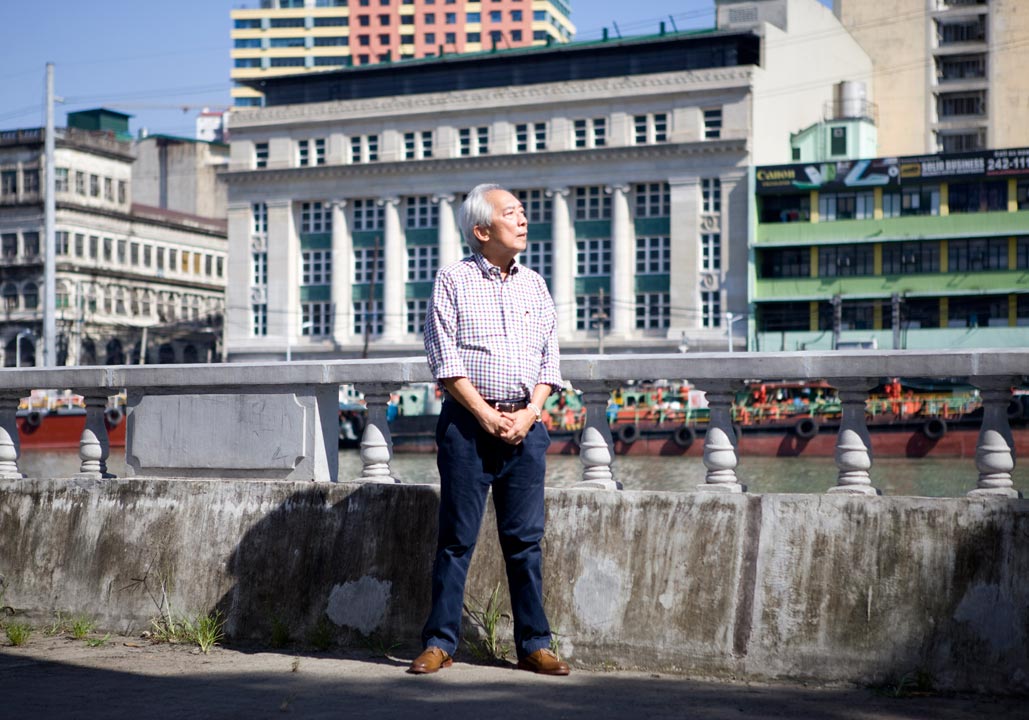
BluPrint: Project for Public Spaces in the US defines placemaking as a community-driven process for the creation of quality public spaces that are accessible, comfortable, and encourages positive interaction, all of which should contribute to people’s health, happiness and well-being. Do you agree with this definition, or do you have a personal one?
Villalon: I agree with it! But before agreeing totally, I just want to say that there are two parts to everything—the “hardware” and the “software,” and they have to go together. Hardware is the physical. It’s the paving on the streets, the harmonious design of buildings, the space in plazas where people can run around or do picnics in…any competent designer can do those things right. However, it’s the software that’s important. You have to capture the “spirit of the place.” The definition you gave is an academic and textbook definition, but they’re only referring to hardware.
What is this “spirit of the place?” It’s a little difficult to explain. It’s something to do with the essence of the place, and it’s got to be there for a place to be successful. For example, if you go to Vigan, there’s a special spirit there that you won’t find anywhere else. It’s a successful “place” not only because of its structures that look colonial but because it has this something that makes you say, “Ah! I’m in Vigan” when you get there. It has an image, a culture of its own. For example, some of the food in Vigan is not found in all of Ilocos, only in Vigan. These are the things that make a place, the physical and the non-physical. The physical is easy, we go to school to learn how to do that. It’s the non-physical or intangible, that shows the imprint of the local community on a place and that is what makes it special.
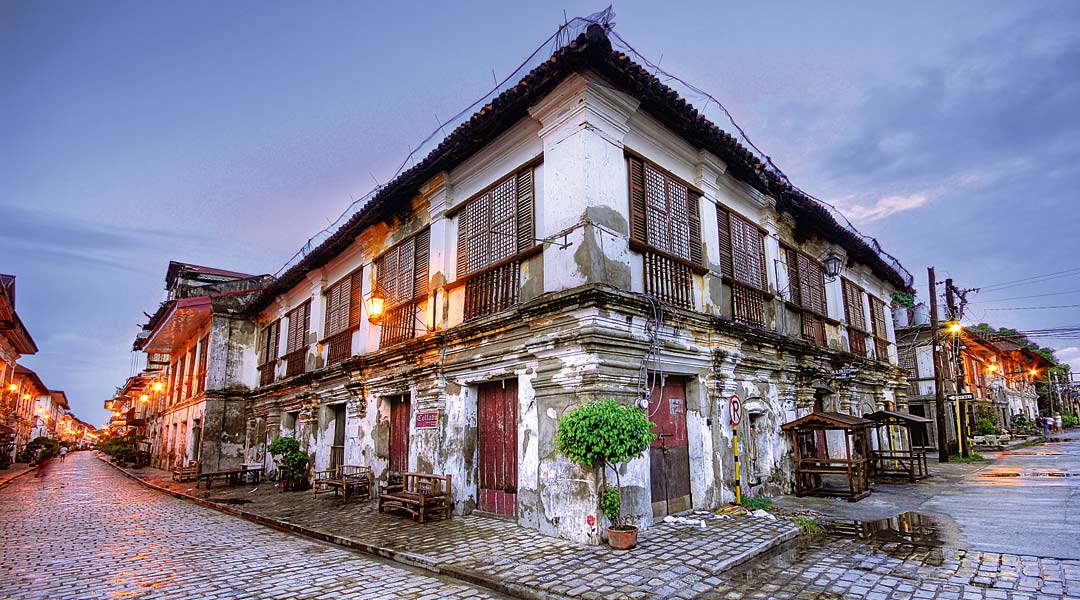
Can you teach people how to capture the non-physical? Yes, you can teach that, but first, you must be attuned to the non-physical values of a place. In World Heritage, there are two conventions. One is the World Heritage Convention for Built and Natural Heritage and the other is the Convention for Intangible Heritage, the non-physical. Examples [of intangible heritage] would be the hudhud of the Ifugao, a chant done while harvesting to invoke the spirits, gods, and ancestors. The Darangin in Mindanao does the same thing. Both are inscribed in the Intangible World Heritage List. Another example of the intangible would be the cuisine of a place. Those two conventions go together, actually. You have an ancestral house and you can see that it is heritage, but the big part of its story is how the people live inside. What they do, eat, wear, believe in, even how they party—that’s all heritage, and that’s what gives life to the ancestral house. You want to tell the whole story, so a place has to tell you that.
Does heritage conservation play a big role in placemaking? There is value in it, yes. It’s a different set of rules when you’re starting a new place from scratch, like Bonifacio Global City. But if it’s a heritage place like, for example, Binondo, it’s good to leave the old buildings, even the street patterns, and plazas because somehow, it subconsciously rings a bell. In the back of your mind, you think, maganda ‘to, or I’m comfortable here. You don’t realize it but it does. There’s a psychological benefit to that. The heritage people will come in and put the hardware, like restore the buildings, surroundings and all to show how people once lived there. However, what’s important is to keep that subconscious feeling that tells you you’re in a comfortable place.
READ MORE: What was Vigan like before the UNESCO Heritage fame?
How do you do that? It can only be done if you have a rapport with the community. It’s really a community experience that a place communicates. We’re currently restoring plazas in Iloilo, and all the locals I asked had something to say about them. Some said they like to go to the plazas and just sit down in the afternoon, some go jogging, others say they meet their friends there. They’d say their father would sit on a certain favorite bench, and that every Christmas there’s a bazaar where they’ll buy gifts. And one day I was standing in one of the plazas we were working on, and I even saw a bunch of my Iloilo friends walking around, catching a ride there, on their way to the grocery, or just hanging out…it gave me a real feeling that these places are alive. They’re being used by the people, it’s not some dead place. For me, that is a successful place. Not only was it used, it was also loved.
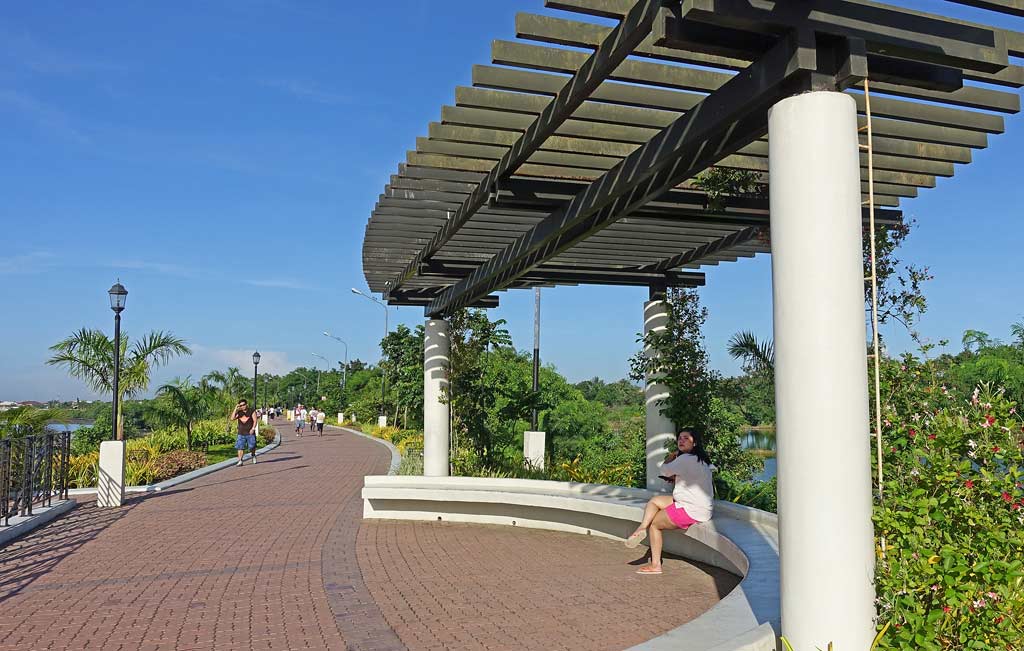
So you’re saying that a successful example of a place is where people feel comfortable, and an indicator of its success is that it’s alive. Yes. People don’t just feel comfortable, they even feel at home. There are piazzas in Italy that become everyone’s living room in the afternoon, people go to their favorite café and they see all their friends there. Those are really successful places, and they haven’t really been replicated to that success anywhere else. But you see, when you make a place and you “theme” it, there’s artificiality about it. I can think of this plaza in McKinley Hill, it’s supposed to be Venice or Florence. You go there, and it’s so contrived. People are not hanging out there. It’s only full at lunchtime because there’s plenty of restaurants there, but beyond that, it’s dead. Maybe people don’t feel comfortable there, so it’s not successful. I’ve only been there twice, but the feeling I got was that I didn’t need to come back there. There’s also this plaza on Roxas Boulevard, I think it’s called Plaza Ferguson. It extends all the way from Roxas Boulevard to the next block, to Ermita Church. It’s nice and open, it has trees and all, but people don’t go there, it’s just a parking lot. In urban parks, people usually go there to eat their baon, but there, nobody goes. Why not? Maybe it makes people uncomfortable.
What you just said about planners cultivating rapport with a community sounds like a long and difficult process. Can you share some of your experiences in your work that involved this? It is a long process. I’ll give an example. We’re doing a cultural tourism plan for Tagbilaran in Bohol. First, we have to familiarize ourselves with the place, see what it has that might interest an outside person. So we identify monuments, houses, historic districts. But that’s just one part of the cultural tourism plan, because what can tourists do once they get there? They can see all of those houses in one morning. So we have to do another exercise called cultural mapping, where we train locals to interview old and young people in the area to find out the stories of certain places. For example, they can find out that in one house, they make the best ube jam. In another house, they make the best tsinelas. Another house is the birthplace of former President Carlos P. Garcia. Now you get to weave a story around all of this. The next part is to see how all of these can earn from tourism without prostituting themselves. They keep their dignity, their identity as taga-Tagbilaran. The whole process revolves around that, and that contributes to everyone and everything, a sense of place. Everyone is proud like one will say that he’s the only one who makes embroidered shirts. It’s getting everyone to come together, and then they’re all conscious of the story of their community and what makes them special. Everything comes from the community, not someone from outside saying, “Oh ikaw, magbukas ka ng convenience store, ikaw, tsinelas store.”
READ MORE: Order, nature, and the human spirit—some thoughts on placemaking
Did you do the same thing for Vigan? Did you use principles of placemaking to turn it into a vibrant place? It used to be a provincial backwater before, far from the tourist destination it is now. Yes, it was. Nothing was happening, it was a dead town. The locals did not like those old houses and plazas—they thought it was a symbol of old times and bad times, so they wanted something new. We started our work there in around 1985, and it took a long time to convince the locals and the town government about the value of their town’s heritage. After the UNESCO inscription came, the government realized that heritage was their capital, because nobody else had what they had. So they started building up on that. We created a basic script for tour guides to do, and we left it up to them how they would present it to tourists. They wrote guidelines and guide books on how to restore your house, they started training tour guides, they had public schools teach Vigan history, and they trained construction workers on the traditional way of doing things. So when all of those things started happening after the inscription, money started coming into Vigan because there was more employment in the town. Houses were being restored, so construction workers had more work. Bed and breakfasts and souvenir stores started opening, farmers planted more vegetables to meet the increased demand for new restaurants, people started weaving and making baskets…it was an economic boom based on heritage.
I didn’t go back there for a number of years. When I returned, I sat in the plaza and asked this empanada maker how her business was. She said it’s booming because tourists come and buy from her, so she was able to send her kids to school. I asked her what she thought was the cause of all this, and she said it was heritage. “World Heritage City kami,” she said. She even explained that there’s only one Vigan in this world and they had to take care of it. For her part, she makes sure the place around her empanada stand is always clean, and she said even the kutsero keeps his place clean. That’s when I thought, yeah, it worked because the people themselves are the ones taking care of the heritage.
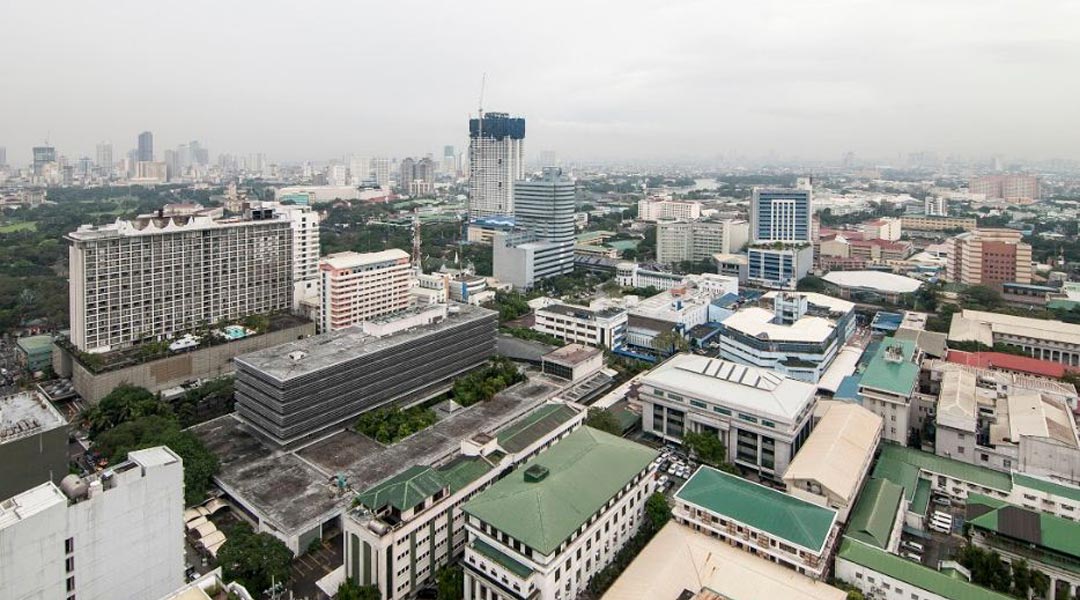
Any other local examples of good placemaking? There’s this small plaza right in front of the NCCA (National Commission on Culture and Arts) office in Intramuros. Before, it used to be all putik. Then Gawad Kalinga (GK) just gave the people paving blocks. The people who live in the area were the ones who put the paving blocks down, so they had real ownership of the place. Now, there’s always somebody there, it’s very alive. At lunchtime, it feeds most of the NCCA people. Best pancit in town. Then afterward, the vendors go away and it becomes a small playground for kids. All it took was to give people those blocks, and the place became their own, they did something to build it, now they take care of it. It’s non-designed, non-anything, all community-based. In a sense, that’s what placemaking is really all about—empowering the people to make their own place. It can be as ugly as anything, but it doesn’t matter. It’s purely Filipino, and it works. They’re happy with it, and that’s important. So I believe that as long as it’s alive, it’s a place.
People always talk about how the Philippines lacks a distinctly Filipino style of architecture. Do you think it’s really just a misguided discussion and that we should instead talk about designing better-built environments that will support placemaking and embody Filipino-ness? First of all, [the discussion on lacking a Filipino architecture] is a lot of bull. That’s like trying to bring back to life a dead horse. People have been talking about that for years, and I think they’re looking for a symbol, like Angkor Wat to Cambodia. We don’t have that, and we’re not going to find that symbol. They say the bahay kubo, but it’s not distinctly Filipino, it’s Southeast Asian. All we have is this “feel” that we should harness and express in a Filipino way.
READ MORE: The politics and problems of placemaking in the Philippines
So how can we design spaces or buildings that embody this Filipino-ness, in a more cerebral, spiritual and functional manner? Many think Filipino design means using vernacular materials or forms. I think we should be more aware of how we live, how we think, and what our culture is all about. It’s only then that you can get a perfect fit for what you design as an architect. It doesn’t have to be a place with all these Filipino burloloy as you said, which is cliché nowadays. A Filipino space reflects our mentality, there’s transparency about it. It’s layering of space over space. Think of how women wear a baro’t saya—they start with an undergarment, then they put on something transparent over that, then comes another layer that’s transparent as well…it’s like having space within a space within a space, like a Vigan house where you can enclose yourself in the sala, but once you open the doors you can see through the next room and into the next. The doors go all the way up also, and the windows open all the way down. As a result, you have a structure that has good circulation, high ceiling, and transparent boundaries. These are more or less the essence of Pinoy architecture, and I believe that essence is plugged into our DNA so when you see it you say, “Ay, home,” just like when you smell something and you recognize it as adobo.
People also say that there’s no Filipino writing because it’s all done in English, but the feelings, thoughts, and the way things are put together are super Pinoy. It’s different from reading an English novel written in India. It should be the same way for architecture. It’s all about capturing all of these subconscious feelings we cannot define, but know we have, and translating that into architecture. It’s all about software, but it’s hard to explain to people kasi eh. Like if you read about the hearing on the Torre de Manila in the newspaper, it was all about hardware. That’s only part of the equation. It is visual, intangible damage that’s the issue, and that damage is difficult to explain. [Editor’s note: At the time of the interview, the Knights of Rizal had brought their case against the construction of the 46-story condominium to the Supreme Court, and the oral arguments to determine it is a case worth hearing had just begun.]

It’s good that you brought that up. What is your take on the Torre de Manila issue, and why? It has to go. No question. For the sake of the Manila urban landscape and for the sake of heritage, because it shouldn’t be there. The NHCP has guidelines on keeping vistas to monuments free, and the Torre doesn’t keep the vista free. International law says the urban landscape around a monument or important building should not deter from the building. The Torre deters from the monument. In St. Petersburg, a 100-story building to be built near the historic center was caught at the permit stage, so it was moved to the suburbs. They said you cannot have that changing the landscape. We should follow those principles as well. In Paris, everything is limited to six stories by law. They have a place outside of the city where you can build as high as you want. Here, you can build as high as you want in places like BGC or Makati, but for certain areas, no sana.
But who is really at fault in the Torre de Manila issue? The Manila government or DMCI? Did it violate any national heritage laws? Hmm, yes and no. That’s the loophole eh. NHCP says you have to protect the sightlines, and that didn’t protect the sightlines. But I don’t really know, I have to check if that’s part of the law or that’s just a guideline. Internationally, it says you should maintain sightlines, if it’s a historic city you should maintain streetscapes, you shouldn’t have one building sticking out over all the others. I was told the Supreme Court is questioning the legality of that, why we should follow international law. The heritage law subscribes to all internationally accepted principles of conservation, so technically it’s there.
Most laws aren’t perfect, there’s always room for improvement. For the Heritage Law, things like the definition of monuments, and where the boundaries are. A monument has to have a buffer zone to protect it. We have no buffer zone provisions, so we should put that in. Then there are three agencies you can go to, and nobody knows the differences. If the building or site has something to do with history, you go to NHCP. If it has artistic merit, you go to the National Museum. But then NCCA has final say over these two. So, where do you really go if you have a heritage issue? That should be looked into.
READ MORE: Sitio Ubos: What remains when heritage conservation fails
Any last thoughts on placemaking? We’ve mostly been talking about public spaces as examples, but you can also look at placemaking as making a place for yourself. I make a nice place for myself in my office. I make a nice place for my family, which will suit them perfectly but may not suit others. It’s still a place. It’s a comfort zone, a relaxing zone. That’s my cocoon. A bedroom is another very private space. I will go to my bed because I’m not used to other beds, and I’m used to my pillow. For other people, their private places are going to church. They like to sit there and just feel. I know some chefs, the kitchen is their place, they feel at home there. It’s a nice idea, the idea of place. There are so many things you can do with it.
This article is first published in BluPrint Volume 5 2015. Edits were made for BluPrint online.
Introduction and Interview by Miguel Llona


